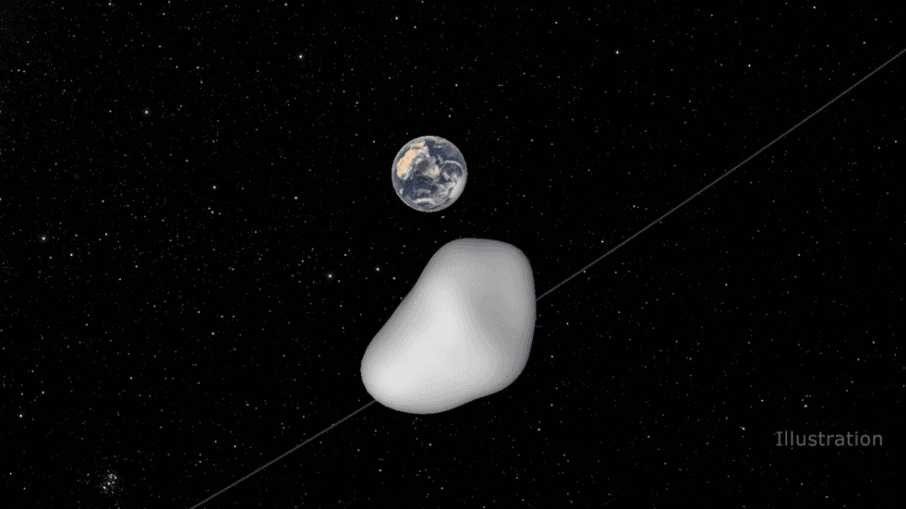An asteroid larger than 12 football fields that is set to pass near Earth early next month is being watched by NASA as a “potentially hazardous asteroid” or PHA.
The asteroid, named 2002 AJ129, is estimated by NASA to be as many as 0.68 miles in diameter—more than the height of the world’s largest building, the Burj Khalifa, and the width of Central Park, both of which are about half a mile.





